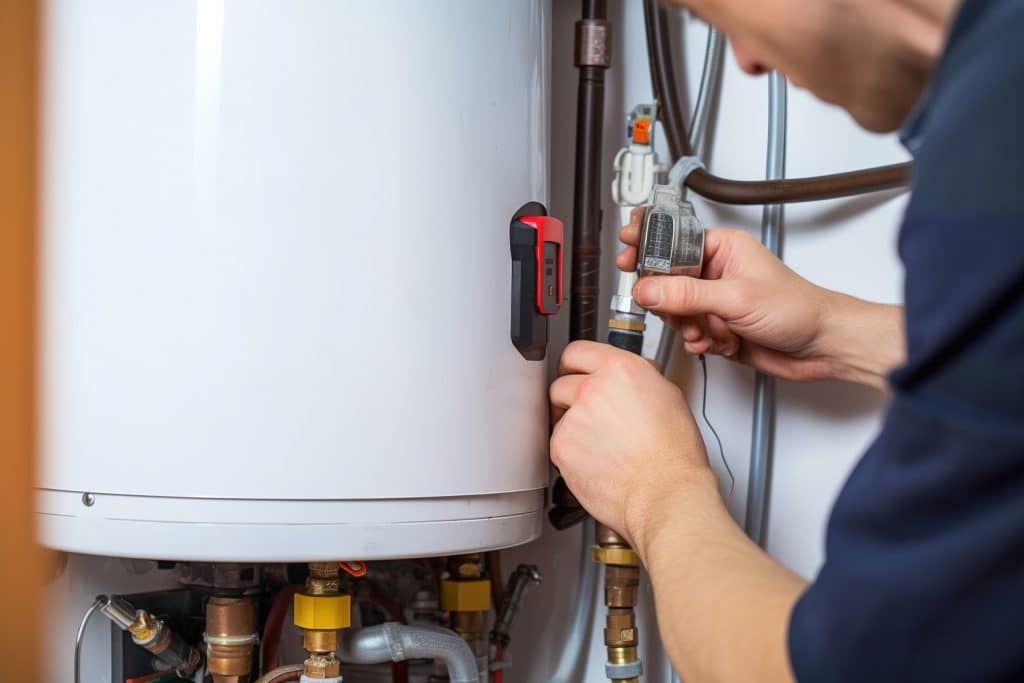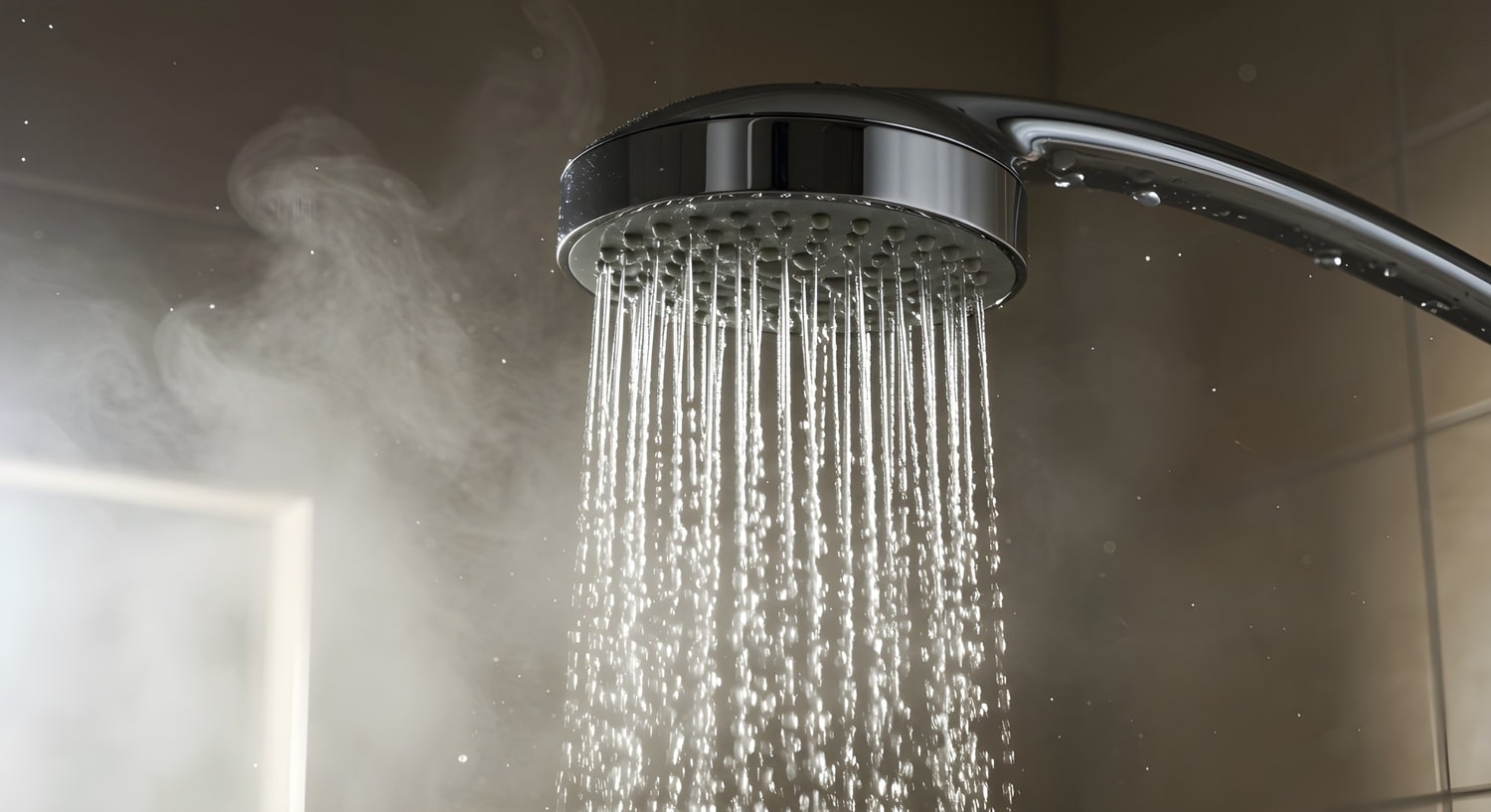How to Save Money on a Hot Water System Upgrade
Replacing or upgrading a hot water system isn’t typically something homeowners get excited about, but the timing and approach you take can have a lasting effect on your energy use, home performance, and overall utility expenses.
Upfront costs tend to dominate most decisions, but those don’t tell the full story. The more telling questions are often about ongoing efficiency, compatibility with your home’s infrastructure, and how well the system matches your household’s daily water needs.
Saving money in this process means thinking beyond price tags and looking closely at long-term performance, installation planning, and how different technologies function in real conditions.
Choosing the Right System for Long-Term Efficiency
The way your hot water system produces and delivers heat plays a significant role in overall operating costs. Systems that appear affordable at first glance may cost more over time because of higher energy demands or mismatched usage patterns.
That’s where newer options, such as a heat pump hot water system for sale, can help balance both initial outlay and energy consumption. These systems absorb warmth from the surrounding air and move it into the tank, using far less electricity than standard electric resistance models.
Instead of relying solely on upfront pricing, it’s useful to compare the energy factor rating, which estimates how efficiently a system converts input energy into hot water. A higher energy factor often translates to fewer kilowatt-hours or therms used each month.
Matching the system’s output to your family’s actual water demand prevents overspending on models with excess tank size or underperformance that leads to running out of hot water supply at peak times. The savings start with selection but carry through every month you own the system.
Fuel Type and Compatibility With Your Home
One of the most impactful decisions is the fuel source you choose. Natural gas tends to be less expensive than electricity in many areas, which gives gas water heaters an edge in terms of operating cost, provided your home already has a gas connection. Without access to natural gas, running a new line could wipe out that advantage.
On the other hand, electric water heaters offer simpler installation and can connect directly to your existing electric panel. However, their efficiency depends on whether you’re using conventional resistance heating or a more advanced system like heat pumps or indirect water heaters connected to hydronic baseboards or a boiler.
The best model often depends on how well it fits your home’s existing setup. The added cost of retrofitting your space should be factored in when evaluating overall cost savings.
Hidden Costs and How to Reduce Them
An upgraded system might come with requirements beyond the unit itself. Features such as sealed combustion, power venting, and heat traps may be required to meet local code or maximize performance. These aren’t always included in base quotes and can inflate installation costs if not anticipated early.
Choosing a professional installation can help limit these surprises. Installers with experience working on multiple types of systems can evaluate your setup, identify compatibility issues, and recommend ways to sidestep unnecessary upgrades. They also understand how to work within rebate guidelines, making your system eligible for additional savings tied to ENERGY STAR ratings or efficiency thresholds.
Look for contractors who can break down what’s included, what’s optional, and what might be required to complete your home upgrade. Asking specific questions about components like control panels, defrost cycles, and ventilation needs can help clarify pricing and avoid scope creep.
Timing Your Upgrade for Maximum Financial Benefit
Replacing your system before it fails might seem premature, but proactive upgrades give you access to limited-time incentives like tax credits, government rebates, or deals through utility companies promoting efficiency improvements. These programs often align with energy policies that encourage electrification plans and decarbonization. By switching from fuel oil or older conventional storage water heaters to high-performance alternatives, you position your home for long-term energy bill savings.
Timing matters in other ways, too. Scheduling the work during non-peak seasons may give you more flexibility and potentially lower labor rates. Planning ahead also allows for more choices. When systems fail unexpectedly, decisions get rushed, and homeowners often settle for quick fixes rather than the best fit.

Exploring Next-Gen Technologies
Newer technologies are emerging that could reshape how homes handle hot water. Devices like thermal batteries or harvest thermal units store energy during low-cost periods and are used when demand peaks. These setups aren’t mainstream yet, but they illustrate how storage and usage are evolving. Pairing these technologies with solar water heaters or a solar collector offers another layer of autonomy and savings, particularly in regions with consistent sun exposure.
Geographic factors, household behavior, and regional energy rates all influence whether these next-gen tools are worth the investment. Homes already using geothermal heat pumps or buildings moving toward full electrification may find these newer water heating tools fit into larger planning efforts. The key is to weigh current needs against future infrastructure shifts and policy changes that might affect your energy supply or upgrade options.
Conclusion: Upgrades That Add Up
When you plan upgrades ahead of time, you often find solutions that fit your budget and household needs more efficiently. That starts with evaluating how your household uses water, which technologies your home can support, and which upgrades offer long-term resilience in addition to short-term savings. A well-matched hot water system supports your daily routines and reflects local energy conditions. When that alignment happens, savings tend to follow.







